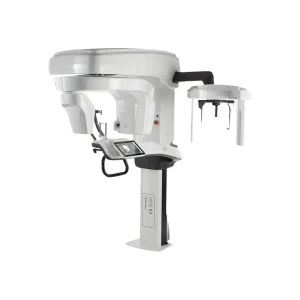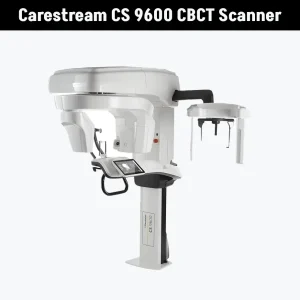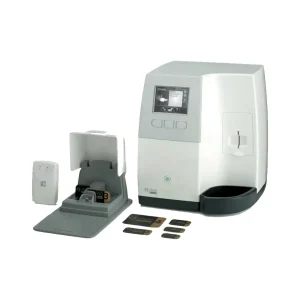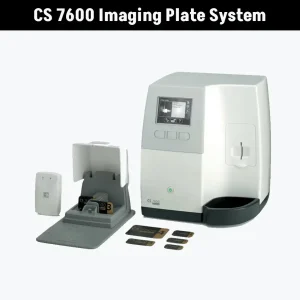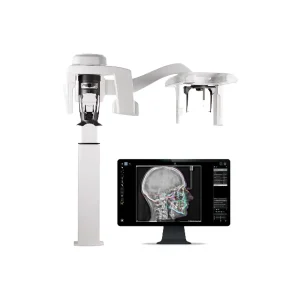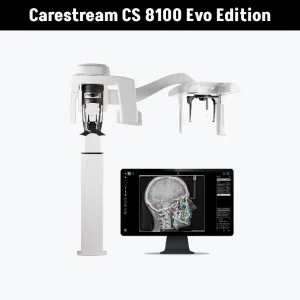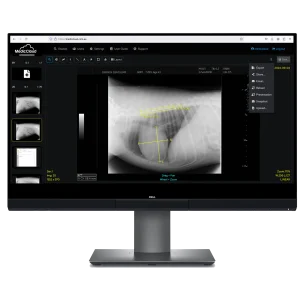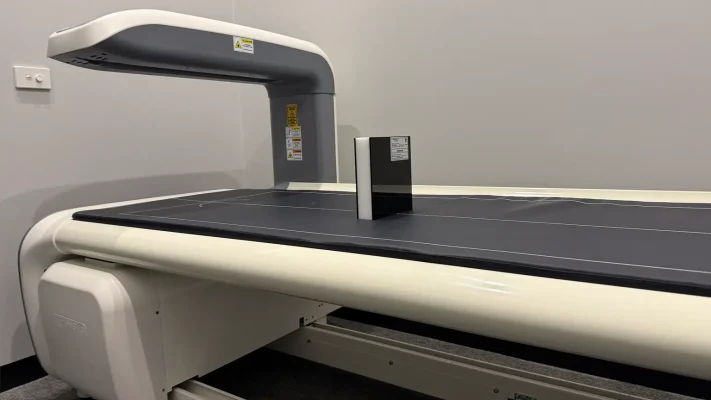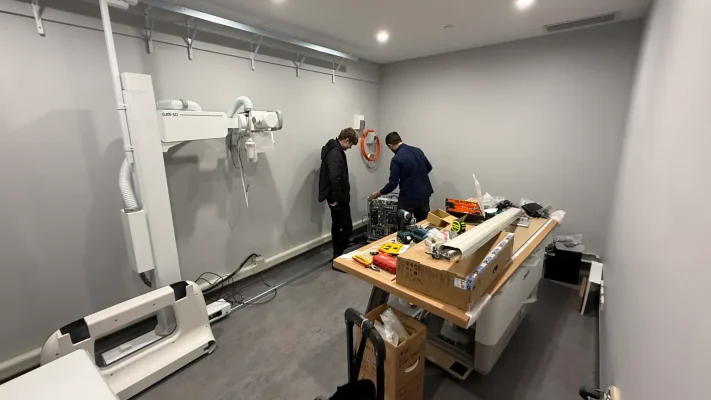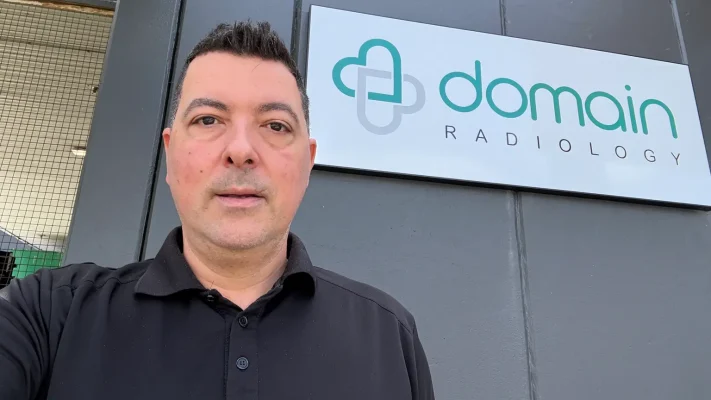Home » Bridging the Gap Between Dental Specialists and Radiologists
Clinical needs of dental specialists
Cone Beam Computed Tomography (CBCT) systems have revolutionised dental imaging by providing exceptional detail and flexibility through customisable fields of view (FOV). Understanding the significance of FOV and its application across various diagnostic scenarios enables radiologists to better support the clinical needs of dental specialists. By adapting their reporting approaches, radiology centres can boost referrals and build stronger, more collaborative relationships with dental practitioners.
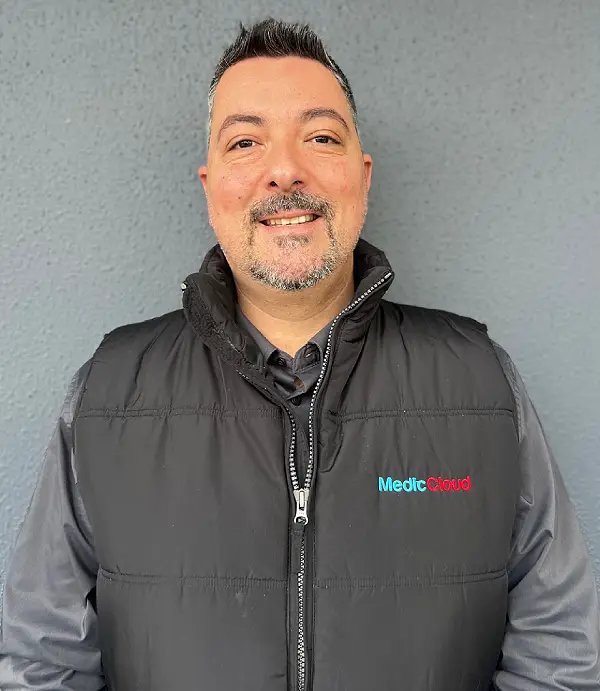
Sam, Medic Cloud Managing Director
Understanding Field-of-View (FOV) in CBCT
In CBCT imaging, the field-of-view refers to the area captured during a scan. These systems offer a wide range of FOV sizes—from focused views of a single tooth to comprehensive scans of the full jaw or craniofacial region. The ability to tailor the FOV allows radiologists to optimise image quality for the task at hand while minimising unnecessary radiation exposure.
Common FOV categories and their applications
- Small FOV – Focuses on a single tooth or a highly localised region.
Ideal for: Endodontics, single implant planning, and evaluating small lesions. - Medium FOV – Captures a quadrant or half of the jaw.
Ideal for: Implant planning involving neighbouring teeth, or assessing localised bone density. - Large FOV – Encompasses the entire dental arch or craniofacial structures.
Ideal for: Orthodontic evaluation, TMJ analysis, and complex surgical planning.
How FOV selection enhances diagnostic precision
The flexibility of selecting an appropriate FOV allows radiologists to directly address specific clinical questions from dental specialists, ensuring the imaging is both relevant and actionable.
-
Endodontics: Small FOV scans reveal fine root canal details and detect periapical lesions often missed by standard 2D imaging.
-
Implantology: Medium FOV imaging provides crucial insights into bone density and proximity to anatomical structures, supporting accurate implant placement.
-
Orthodontics: Large FOV scans offer comprehensive views of craniofacial anatomy, essential for planning jaw alignment procedures and malocclusion correction.
-
Pathology: A large FOV is invaluable when assessing cysts, tumours, or other abnormalities involving the jaws and surrounding areas.
Meeting the needs of dental specialists
Dental specialists frequently seek more than just pathology in CBCT reports. By aligning their reporting style with specialist expectations, radiologists can significantly improve clinical utility and referral satisfaction.
Key elements specialists look for:
-
Anatomical landmarks: Highlight critical structures like the inferior alveolar nerve, sinus cavities, and the relationship between roots and vital areas.
-
Bone quality and density: Offer detailed analysis for surgical planning and implant placement.
-
Occlusion and alignment: Include observations on jaw positioning and dental alignment for orthodontic and surgical assessments.
-
TMJ assessment: When requested, ensure scans include the temporomandibular joint and provide detailed evaluations of joint condition.
By incorporating these considerations, radiologists produce reports that support both diagnosis and treatment planning.
Increasing referrals through enhanced CBCT reporting
To grow referral networks and enhance collaborative care, radiology providers can take proactive steps:
-
Educate specialists About FOV Capabilities: Clarify how different FOV sizes cater to specific clinical challenges.
-
Tailor reports to dental contexts: Include detailed notes, annotated images, and treatment-relevant insights.
-
Offer value-added services: Provide support such as implant planning consultations or 3D visualisations to further integrate with dental workflows.
Dental solutions we offer at Medic Cloud
Our range of dental solutions.
Carestream dental CBCT models: Versatile FOV for every need
We proudly supply the Carestream Dental CBCT lineup—designed to meet the diverse demands of radiologists and dental specialists alike. Each model features specific FOV options to suit a wide range of clinical applications:
Carestream Dental CS 8100 3D
-
FOV Range: 4 cm × 4 cm to 8 cm × 9 cm
-
Best Suited For: Endodontics, implant planning, general dental assessments
-
Why Choose It: Compact, intuitive design with high-resolution imaging ideal for routine use.
Carestream Dental CS 8200 3D
-
FOV Range: 4 cm × 4 cm to 12 cm × 10 cm
-
Best Suited For: Versatile imaging, including implants, TMJ evaluation, and orthodontics
-
Why Choose It: Advanced capabilities, scalable performance, and excellent image clarity.
Carestream Dental CS 9600
-
FOV Range: 4 cm × 4 cm to 16 cm × 17 cm
-
Best Suited For: Comprehensive craniofacial imaging, including orthognathic surgery and pathology
-
Why Choose It: Market-leading technology, automated positioning, and exceptional diagnostic flexibility.
With these systems, we empower radiology centres to choose the ideal CBCT solution tailored to their clinical and business goals.
Final thoughts
Customisable FOV in CBCT technology enables radiologists to deliver highly targeted, clinically useful imaging to dental specialists. By embracing detailed, relevant reporting and understanding the unique needs of their referral base, radiology practices can enhance collaboration, strengthen professional relationships, and attract consistent referrals.
Contact us today to explore how the Carestream Dental CBCT range can elevate your imaging services and deepen your partnerships with dental professionals.
Read more blogs

Subscribe to Medic Hub
Get the latest insights direct to your inbox.

